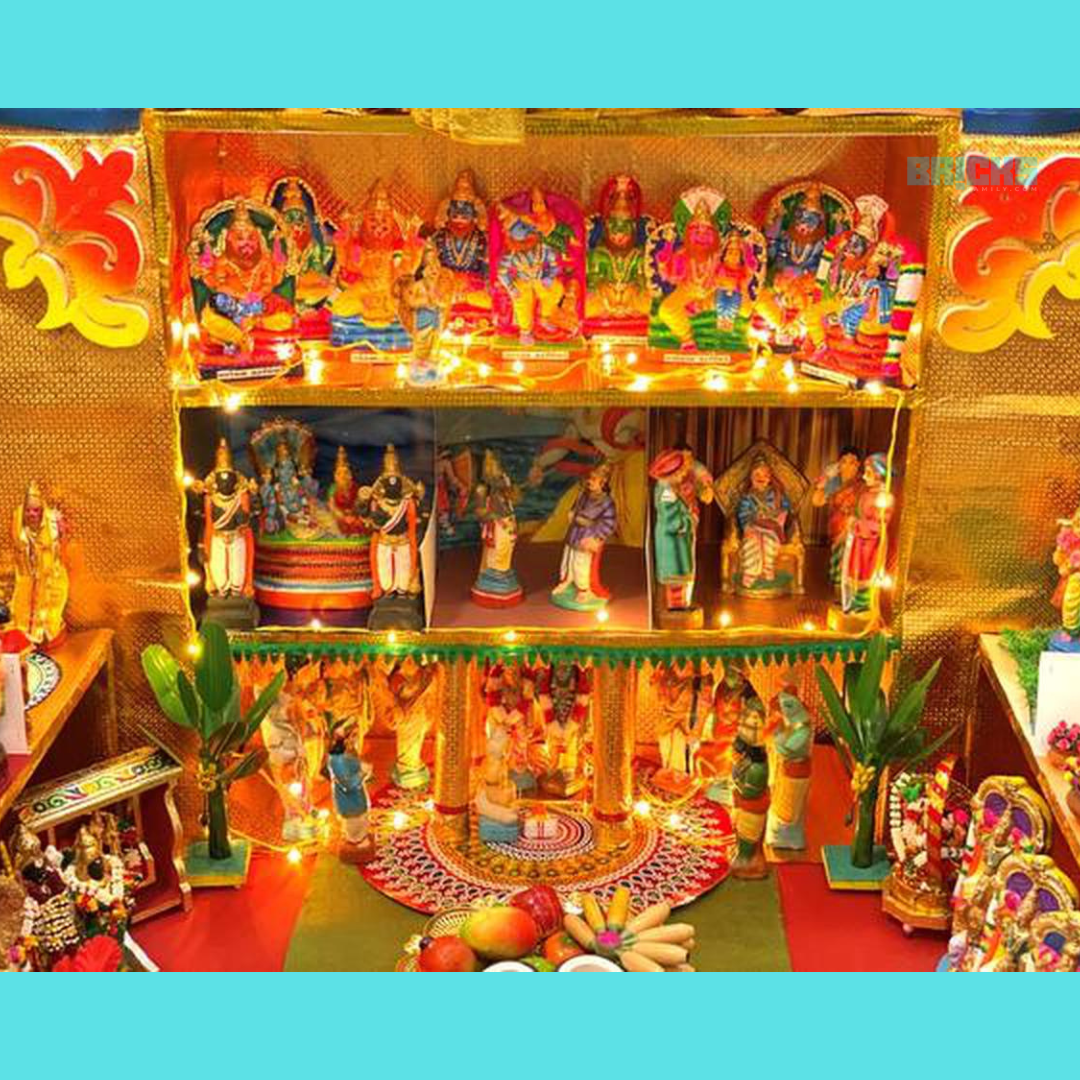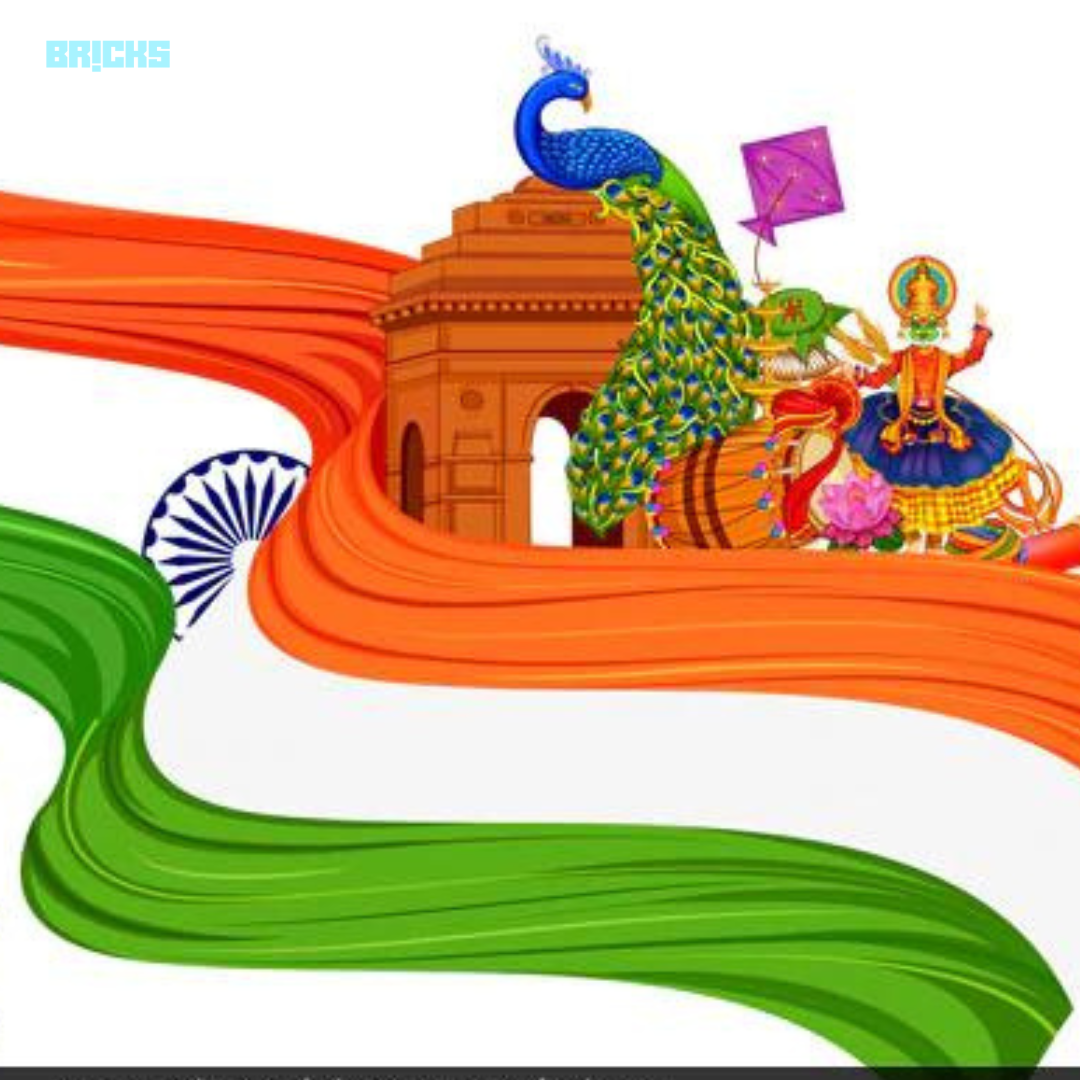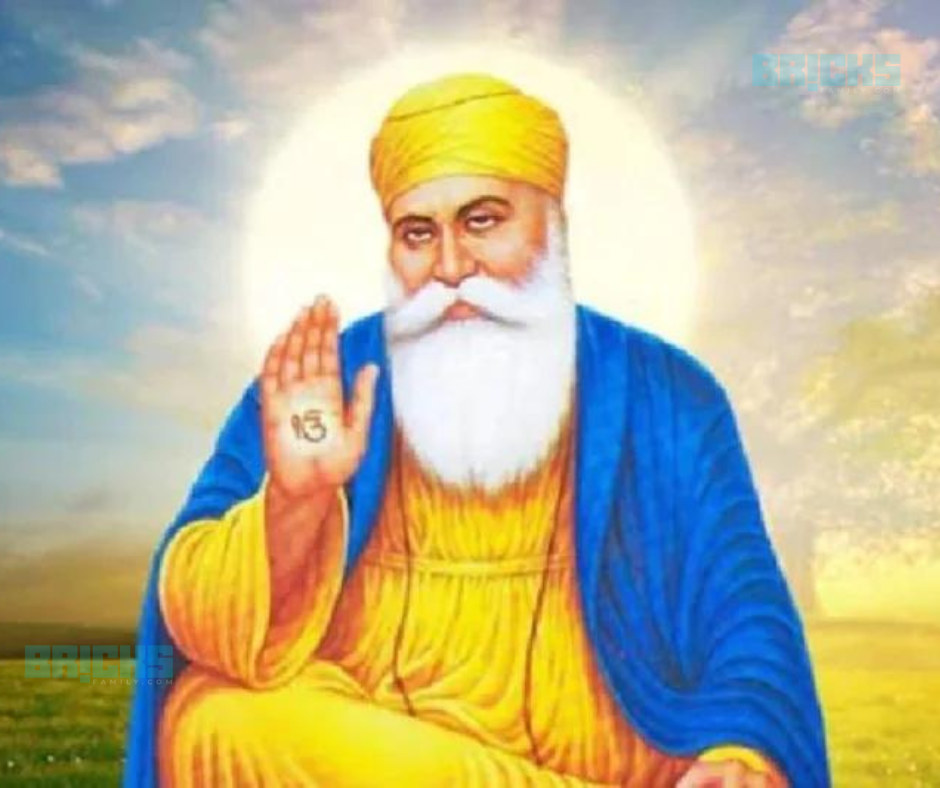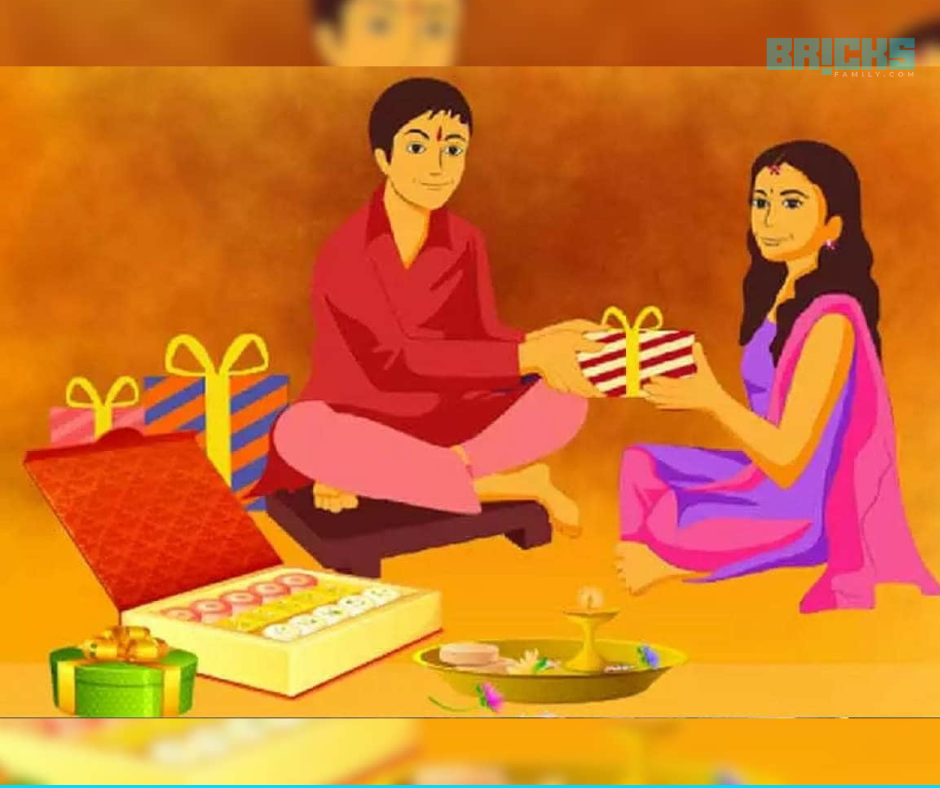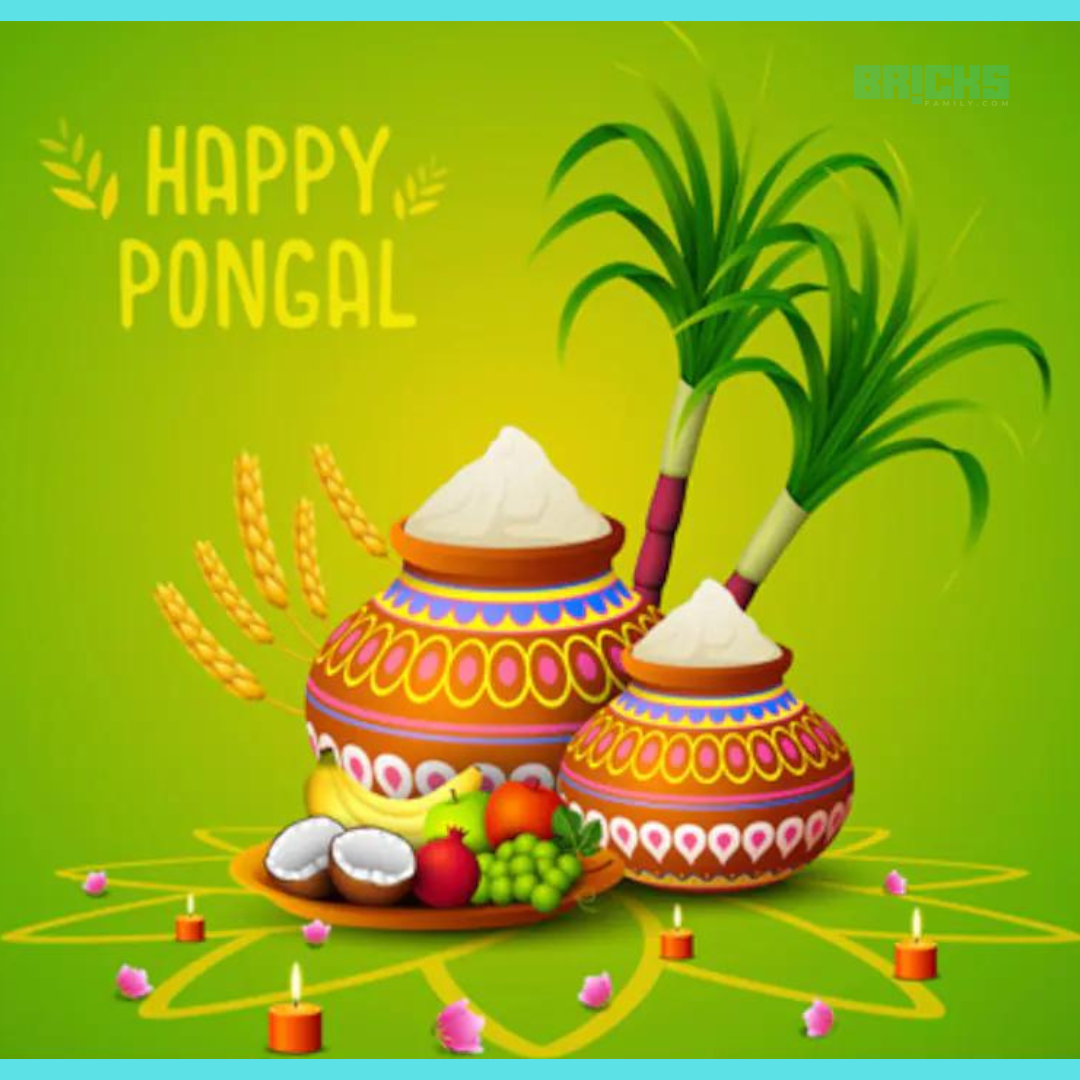In South India, Golu Navratri is essential to the Navratri celebrations. In Karnataka, Andhra Pradesh, and Tamil Nadu, this thematic display of Navratri Golu dolls and figurines is the focal point of every home’s holiday décor. Throughout the festival, neighbors and family members stop by one another’s homes to appreciate the decorations in their pooja rooms. Numerous temples, including the Meenakshi Temple, during the Navratri season, showcase magnificent Golu displays. This blog is about Golu Navratri 2023 Celebrations – Golu Dolls for your Home and More.
Kolu, Bommai Kolu, Gombe Habba, and Bommala Koluvu frequently refer to Golu Navratri. The significance of each name varies. Kolu or Bommai Golu denotes divine presence in Tamil. The Court of Toys is known as Nommala Koluvu in Telegu, while the Doll Festival is known as Bombe Habba in Kabbada.
It’s interesting to notice that even though the dates are the same, Navratri is observed differently all around the nation. During West Bengalis erect ornate mandaps in honor of Goddess Durga, Gujaratis celebrate with Garba and Dandiya dances, and families in the south create Golu displays in their pooja rooms.
Golu Navratri 2023 Dates
The Sharad Navratri falls around the time of the Golu festival. The event will begin on October 15 and run until October 24, 2023. The Navratri Golu dolls are displayed starting on the first day and continuing through the ninth day. Vijay Dashami is observed on the tenth day.

Significance of the Golu Festival
The positioning of the Navratri Golu dolls is intended to reaffirm the idea of good triumphing over evil. The dolls are generally set up on steps in tableaus that represent scenes from classic books like the Ramayana and Raas Leela or holy sites like the Siddhivinayak Temple. One step could also mean an approaching wedding or other family events.

The toys themselves serve as a representation of childhood’s straightforward innocence. We put them up to reduce stress and concentrate on streamlining our adult lives.
Arranging Navratri Golu Dolls
The Golu dolls and figurines are shown on the Navratri season’s opening day. The previous night is typically Amavasya or a night with no moon. On this day, preparations are completed, including cleaning the house and arranging the Golu dolls. The pooja room is often where the Golu stairs are set up. Every year, families typically purchase new Navratri Golu dolls.
There must always be an odd number of steps in a Golu doll display. There could be 3 to 9 steps in this. Traditionally, a white cloth with a golden zari border covers these stairs. Today, many individuals wear vibrant Kanjeevaram sarees instead of white sheets.
No restriction exists on how many Navratri Golu dolls can be on exhibit. Additionally, there is no set order in which they must be placed. Typically, clay or wood is used to make these dolls. Since the clay is mined from riverbeds, it promotes irrigation canal desilting. A few new Golu dolls are often added to the collection every year. A story can be depicted by grouping sure Golu dolls or arranging some independently.
Nevertheless, some dolls are regarded as essential to the presentation. This comprises Marapachi dolls and figurines of the goddesses Lakshmi, Saraswati, and Durga. Dolls and accessories like a child’s kitchen set, toy cars, etc., may be used to create realistic-looking scenarios. Some individuals will also set a Kalash in the middle of the Golu show, covered in mango leaves and coconut and filled with fresh water. On the first step, the Kalash is typically positioned next to the idols of Ganesha, Lakshmi, Durga, and Sarawati. These display figures are frequently handed down from one generation to the next.
What are Marapachi Dolls in Golu Navratri?


The Golu display is not just about gods and goddesses but also symbolic of life on earth. The Marapachi dolls are an important element here. These are wooden dolls that depict a bride and groom. They are also known as Pattada Gombe or Marapacchi Bommai. The dolls may be made of rich woods like sandalwood and teak or can be crafted from dried coconut. Brides are traditionally presented with these dolls as part of their trousseau.
Golu Navratri Traditions

Women visit one another in the evenings to appreciate homemade Golu displays during the Navratri festival. Gifts and sweets are traded while a Kuthuvilakku lamp is lit. Small packages of turmeric, Kumkum, blouse fragments, betel leaves, and combs are among the traditional gifts. Then, everyone gathers to sing devotional songs, recite shlokas, and converse with the host. Following that, they eat special dishes made for the puja.
Golu Navratri’s first three days are devoted to Goddess Durga. Goddess Lakshmi is honored on days four through six, and Goddess Saraswati is honored on the final three days. The Kalash is relocated towards the north on the tenth day to represent the festival’s conclusion, and the Golu doll is symbolically put to sleep until next year. The Golu display is then dismantled and put away.
Golu Navratri Prasad

For the family and guests during the Golu Navratri festival, a variety of special sweets and savory meals are prepared. Before being served as prasad, this is first offered to the gods and goddesses. Traditional dishes served during this holiday include:
Sundal: This tasty meal is created with spiced, boiling mung beans.
Payasam: Rice, coconut, and spices are cooked in milk to create this well-known milk treat in South India.
Mung dal laddoos: These vegan treats, called mung dal laddoos, are created with roasted and ground mung dal, dry fruits, and sesame oil.
Halwa: For Golu Navratri, a variety of halwa can be prepared. These include lauki halwa, carrot halwa, beetroot halwa, pineapple rava halwa and bajre ka halwa.
Vastu Tips to Bring Peace & Prosperity to Your Home in Golu Navratri
Find a few practical Vastu recommendations below to use during Golu Navratri to bring prosperity, tranquillity, and good health to your home.
- On your front door, create a Swastik. This helps everyone in the family avoid illness and bad luck while bringing luck and prosperity.
- In your home, plant tulsi. It eliminates health issues while preventing negative energies. According to Vastu, the Tulsi plant should be placed facing North-East.
- On the first day of this Golu Navratri, light the Akhand Jyot in your temple. This contributes to the happiness, tranquility, and prosperity of your home.
- On the first day of Navratri, place a Kalash full of water and some flowers at your temple. On the last day of Navratri, disperse this water throughout your home to bring happiness and improve your financial situation.
- To protect your home from evil spirits, hang mango leaves on the front entrance. For Navratri Pujan, mango leaves can also be used.l
How To Make Golu Dolls With Clay?
To create Golu dolls, all you need is clay, acrylic paint, toothpicks, and a paintbrush. Make these lovely figurines by molding the clay with your children’s small hands. The benefit of making them at home is that you and your children may make any kind of doll you want in any form or size. Once created, arrange them in your home to create a unique atmosphere for Golu celebrations.
How To Make Golu Dolls with Coconut Shells?
Perhaps the simplest DIY project your kids would like is making Golu dolls out of coconut shells. Only a few ornamental things and empty coconut shells are required. Making these lovely dolls will take up to a few minutes. You are free to create as many and customize them however you like. The fact that these dolls are made of coconut shells cannot be seen is a plus.
Conclusion to Golu Navratri

Navratri is a time for lavish celebrations all around the nation. This is a time of year in South India when playing with dolls, even as an adult, is very appropriate. Beautiful Navratri Golu doll exhibits are put up in every residence. Others show snapshots of daily life, while some concentrate on mythological themes from the Ramayana and other mythologies. The special Golu Navratri provides people with a lovely and enjoyable excuse to be together. The good news is that you don’t have to reside in a South Indian state to participate in this festival; you may start a yearly tradition of hanging Golu dolls wherever you call home.
Also Read: Navratri 2023 Puja Muhurat & Vidhi at Home | Significance of 9 Durga Incarnations
Similar Topics: Navratri Colours 2023 – 9 Days of Sharad Navratri Colors Significance For Your Home









